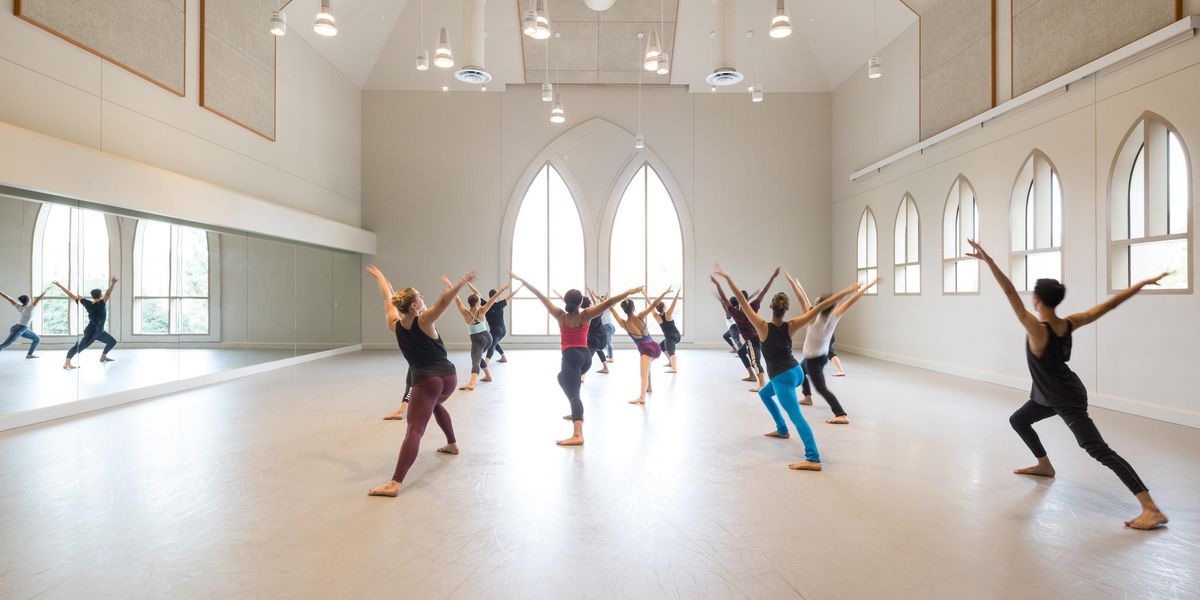Immersive Theater—Is It Bad For Dance?
The hottest dance tickets these days don’t come with seat numbers. Instead, they offer access to wander through a show where there’s no such thing as a “fourth wall.” Dancers perform right next to, through and with audience members who don’t just watch, but interact.
This immersive theater craze, which first hit big in the US with Sleep No More and Then She Fell, has reached a new level of trendiness with Queen of the Night, which opened to incredible buzz at Times Square’s Paramount Hotel this week. Amazingly, tickets are quickly selling out despite price tags that run up to $525. For a generation that’s constantly tethered to smartphones and Twitter feeds, one-of-a-kind experiences like these have become the new luxury goods. And by mixing high art with chic nightlife, these events give dance a practically unprecedented coolness factor, engaging 20-somethings who think of Baryshnikov as an actor from “Sex and the City.”
Yet many critics of the immersive trend fear that in this setting, the art becomes secondary to cheap thrills. By focusing primarily on the audience experience, does dance itself get diminished?
That thought was in the back of my mind this weekend as I stepped inside Queen of the Night. This show takes the immersive experience a step further, aiming to be a feast for all senses, complete with an extravagant dinner, unsolicited massages, music ranging from opera to rock, magic tricks, half-naked performers, overhead acrobatics, flowing cocktails, and yes, some dancing. Within moments of arriving, a performer slipped a whip around my neck and drew me down a hallway to watch a duet. Then another asked if I was hungry and “snuck” me through the kitchen, grabbing a plate of amuse-bouches before leaving me in a stairwell with a bottle of champagne and a stranger. Meanwhile, my plus-one was given a private dance in a back room. It was clear we were not at a performance so much as an epic Friday night party of someone’s wildest fantasies.
In a way, it was exactly what the critics had feared. But at the same time, in the middle of it all was “The Queen,” performed by Graham star Katherine Crockett. For the first hour, she stood almost completely still on a raised platform in the center of the main room, with a searing presence that elevated the energy of the entire place to an almost frightening intensity. She was the anchor every shenanigan revolved around. During dinner, ensemble members continued to interact at the tables as acrobats and magic tricks drew gasps. Then, near the very end, Crockett began to dance. And the room grew silent, seemingly stunned by her ferocity, until a deliciously slow, beautifully presented développé started off rounds of loud applause. The crowd loved her—and for good reason: She was captivating. I’ve never seen a better use of Graham’s powerful approach outside of a Graham piece. And I couldn’t imagine the show being half as effective without her extraordinary presence.
Dance may not be the focus of this extravaganza. But the extravaganza is a brilliant vehicle for dance, getting people from all walks of life legitimately excited by what they don’t even realize is Graham technique. Sure, they may be a bit tipsy. But they’ve got enough enthusiasm to rival lifelong balletomanes.





